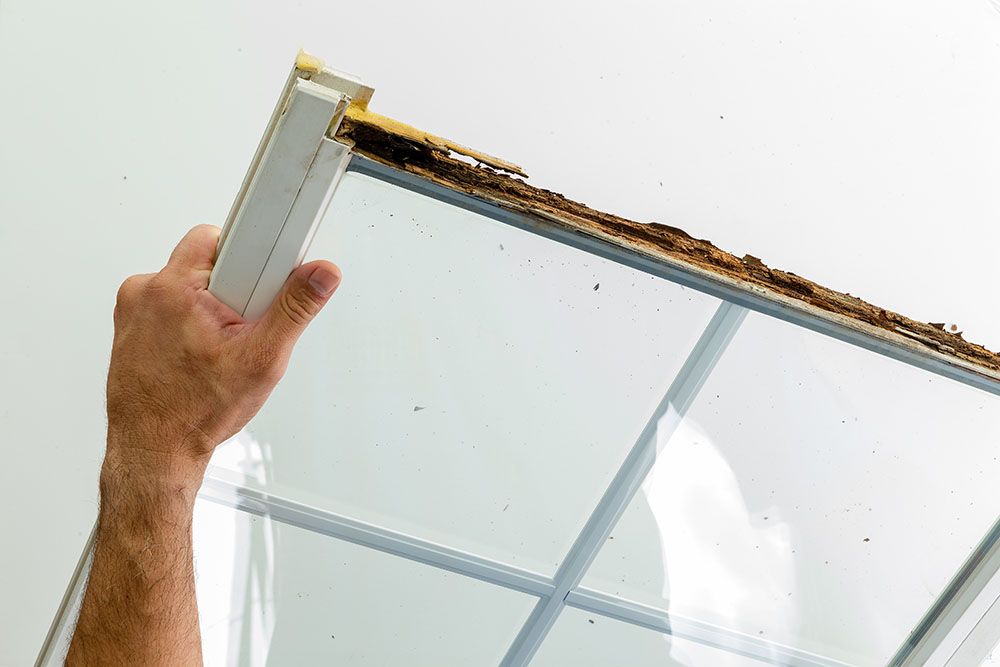Decayed Wood: Causes, Effects, and Solutions for Property Managers

Decayed Wood: An Invisible Threat to Your Property
We’ve all heard the saying, “out of sight, out of mind.” However, when it comes to property management, this phrase ought to be thrown out the window. Decayed wood, often hidden from plain sight, poses a real threat to the longevity and integrity of your property. This invisible enemy can eat away at your investment, resulting in costly repairs or irreversible damage. But fear not! Understanding the causes, effects, and solutions for wood decay can save the day, and your property.
Behind the Scenes: Causes of Wood Decay
Humidity’s Hasty Handiwork
Did you know that moisture is the leading lady in the tragic opera of wood decay? Yep, that’s right. When moisture levels rise above 20%, they set the stage for wood-destroying fungi. These pesky microorganisms love nothing more than a damp wood buffet where they can thrive and multiply.
The Tiny Terrorists: Wood-Boring Insects
Who would have thought that something as small as a termite, beetle, or carpenter ant could cause such havoc? Well, these tiny terrorists actually play a significant role in wood decay. They chomp through wood, compromising its structural strength and paving the way for further decay.
The Domino Effect: Consequences of Wood Decay
Structural Instability
The primary casualty of wood decay is the structural integrity of your property. As decay progresses, it weakens the wood, making it unsound and unsafe.
Visual Deterioration
Let’s face it, decayed wood is an eyesore. It tarnishes the aesthetic appeal of your property, which can negatively impact its value.
Financial Fallout
Decayed wood left untreated can lead to hefty repair costs. Replacing decayed sections and treating the affected areas demands time, labor, and materials.
From Reaction to Prevention: Solutions for Wood Decay
Moisture Control
As humidity is the primary instigator of wood decay, controlling it is key. Consider using dehumidifiers, improving ventilation, or waterproofing your property.
Regular Inspections
Routine inspections of your property can help detect early signs of decay. For instance, look out for discoloration, a musty smell, or wood that feels soft when prodded.
Prompt Intervention
Swift action can prevent minor decay from becoming a major issue. Hire professional exterminators to handle any pests and consider renovating if decay has compromised structural integrity.
Protective Treatments
Treating wood with fungicides, insecticides, or preservatives helps ward off decay-causing agents. It’s like giving your wood an armor of protection.
Conclusion
Decayed wood might be a subtle adversary, but once you know what you’re up against, you’re already on the path to victory. Understanding the causes and effects of wood decay equips you with knowledge, and implementing these solutions transforms knowledge into power. Remember – a stitch in time saves nine!
Rise above the potential pitfalls of property management and stand firm against decayed wood!
Q&A Time: Half the battle is knowing your enemy. So here are a few questions to keep in mind:
Q1: What are the primary causes of wood decay?
The leading causes of wood decay are humidity and wood-boring insects.
How does wood decay affect properties?
Wood decay results in structural instability, visual deterioration, and can lead to financial fallout due to expensive repairs.
Q3: What are some preventative measures against wood decay?
Moisture control, regular inspections, prompt intervention, and protective wood treatments can all help prevent wood decay.
Similar Blogs

The Importance of Regular Home Inspections in California
Regular home inspections are crucial for California homeowners, property managers, and HOAs. Neglecting them can lead to hidden problems and…

SB 721 Explained: What Property Managers Need to Know
Introducing SB721, the game-changing law for property management in California. Get ready for new guidelines that impact property managers, homeowners,…

The Impact of CA’s Balcony Inspection Laws on HOAs
Learn about California’s balcony inspection laws and their impact on HOAs in this comprehensive guide. Understand the ins and outs…
[sp_comments_block]
